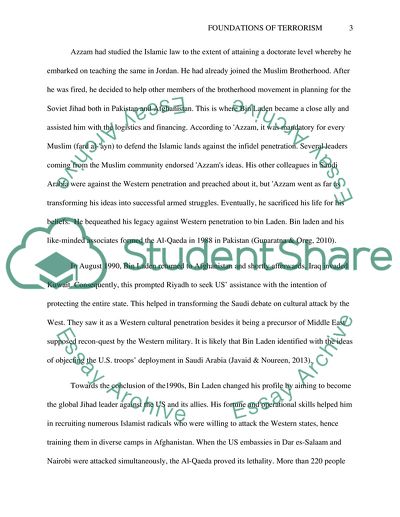Cite this document
(“Foundations of terrorism Research Paper Example | Topics and Well Written Essays - 2500 words”, n.d.)
Foundations of terrorism Research Paper Example | Topics and Well Written Essays - 2500 words. Retrieved from https://studentshare.org/military/1651648-foundations-of-terrorism
Foundations of terrorism Research Paper Example | Topics and Well Written Essays - 2500 words. Retrieved from https://studentshare.org/military/1651648-foundations-of-terrorism
(Foundations of Terrorism Research Paper Example | Topics and Well Written Essays - 2500 Words)
Foundations of Terrorism Research Paper Example | Topics and Well Written Essays - 2500 Words. https://studentshare.org/military/1651648-foundations-of-terrorism.
Foundations of Terrorism Research Paper Example | Topics and Well Written Essays - 2500 Words. https://studentshare.org/military/1651648-foundations-of-terrorism.
“Foundations of Terrorism Research Paper Example | Topics and Well Written Essays - 2500 Words”, n.d. https://studentshare.org/military/1651648-foundations-of-terrorism.


